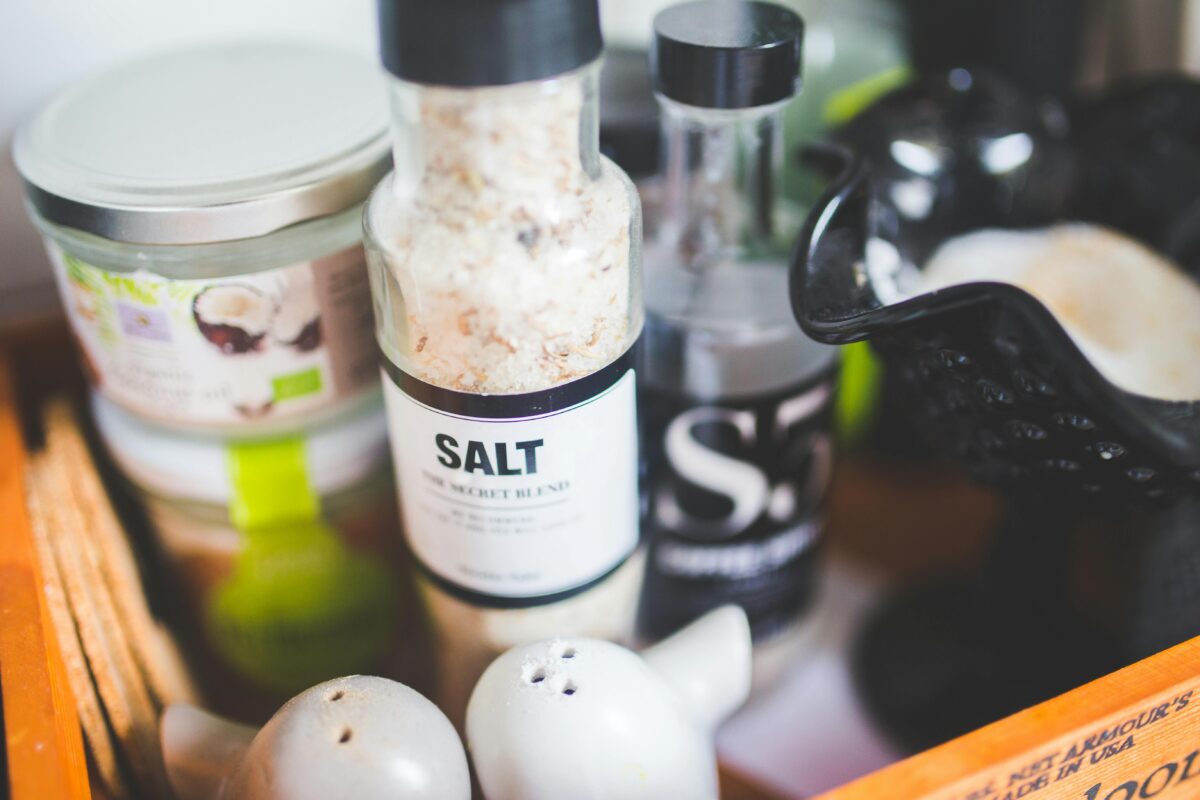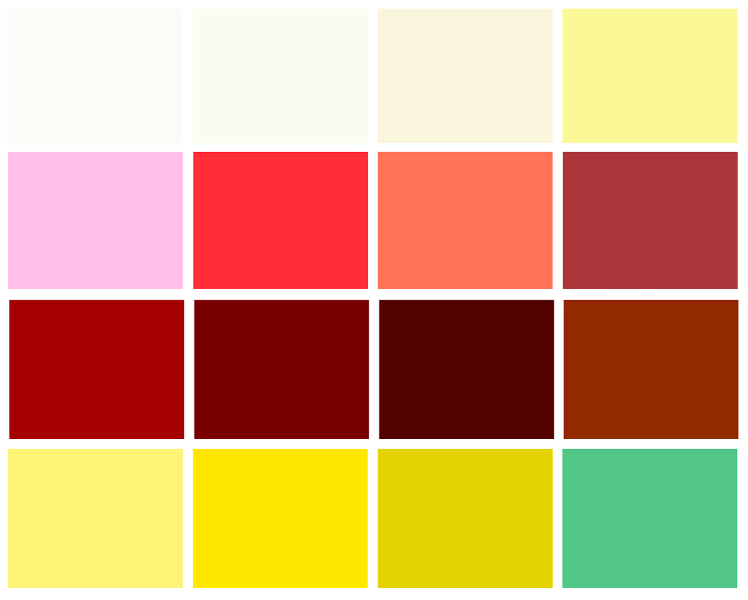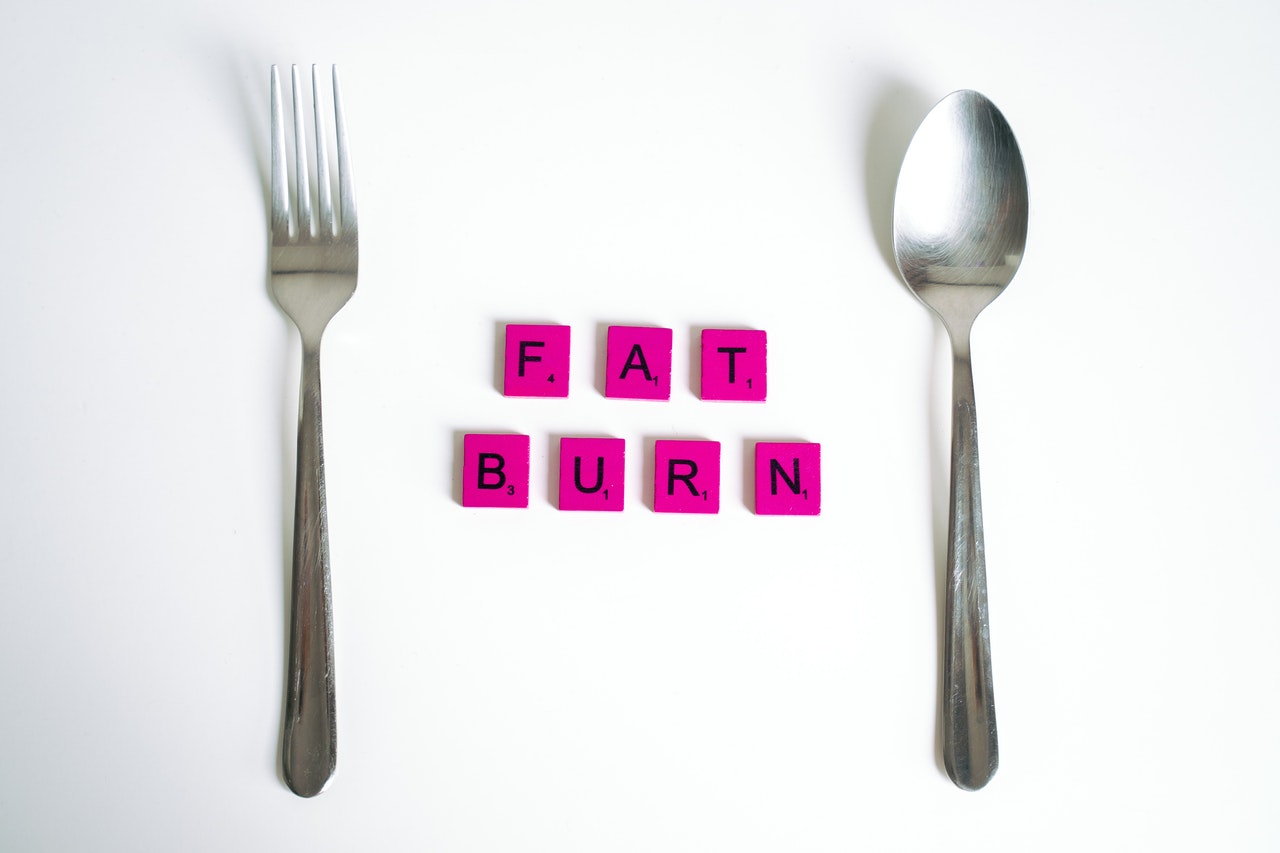Decoding Hypertension
Due to its great global incidence, hypertension is a significant public health concern. Abnormally high arterial blood pressure is known as hypertension or high blood pressure.
According to the Joint National Committee on Prevention, Detection, Evaluation, and Treatment of High Blood Pressure (JNC7) normal blood pressure is having a systolic pressure of less than 120 mmHg.

About 1 in 4 people suffer from hypertension. A 20 mmHg rise in systolic blood pressure, or a 10 mmHg rise in diastolic blood pressure in people aged 40–69. The absolute risk is significantly higher in later life, although the equivalent relative risk is marginally lower at older ages (≥80 years).
The major cause of hypertension is sodium homeostasis regulation.
The Hidden Danger: Salt’s Role in Hypertension
In most nations, the estimated daily dietary intake of salt is currently between 9 and 12 g. The WHO recommends less than 5 grams of salt per day.
Recent research findings indicate that the illness rate can be lowered by moderately reducing daily salt intake from current amounts to 5–6 g.

Numerous researches have shown and confirmed the strong connection between dietary salt intake and hypertension. Excessive sodium intake increases blood pressure and has been linked with hypertension and cardiovascular complications. Reduction in sodium intake also decreases blood pressure.
A comprehensive meta-analysis revealed that, regardless of sex or ethnicity, even a minor reduction in salt intake for four or more weeks significantly lowers blood pressure in both hypertensive and normotensive people. Higher reductions in salt intake are associated with greater drops in systolic blood pressure.
Salty Business: How Sodium Levels Drive Blood Pressure
Consuming more salt can cause water retention, which might result in increased blood flow in the arteries.
It is believed that diets high in salt account for about one-third of cases of hypertension and that these salt-induced elevations in blood pressure cause at least one million fatalities annually from cardiovascular (CV) events.
Ditching Salt for Healthier Options
It has been demonstrated that salt replacements with higher potassium and lower sodium levels can decrease blood pressure.
Salts with more potassium content rather than sodium:

- Potassium chloride (KCl) is an essential nutrient. Similar in quality to regular salt (NaCl), it has a few undesirable side effects, the most prominent being bitter, acrid, and metallic tastes.
- Instead of using salt, use herbs and spices such as Cumin, Ginger, Clove, Garlic, and Curry powder.
Making Healthier Salt Choices.
Studies have shown that potassium salt could be used instead of any other salt and use spices and herbs mixed instead of salt for hypertension. Also, consult a doctor for your daily consumption of salt, spices and herbs.























